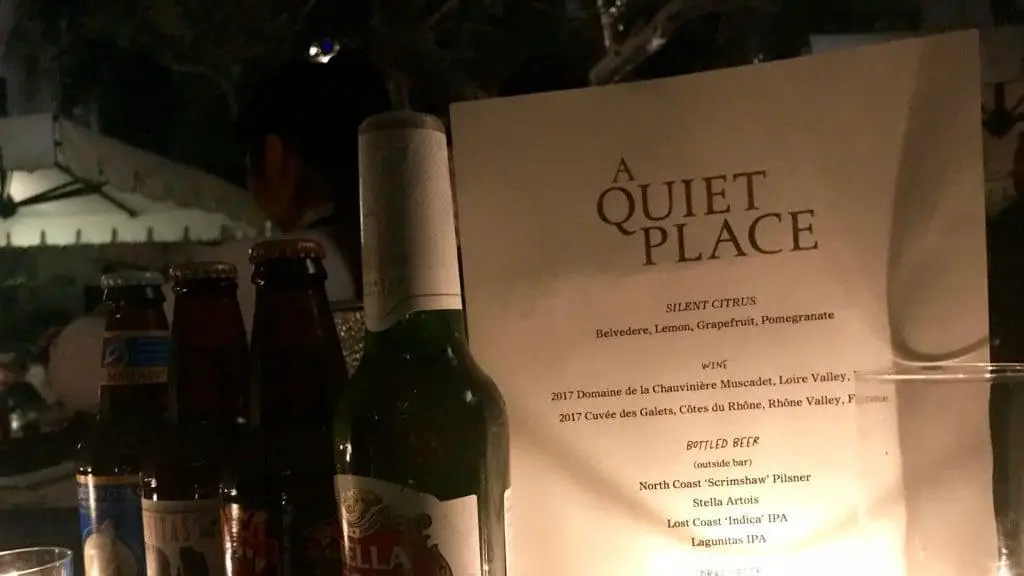
We grow up believing that we should only judge others based on their actions and what’s inside of them. Katherin McInnis literally shows Joseph Jernigan’s insides in her short film “Model Prisoner,” and he isn’t so different from the rest of us. When she finally allows us to see what he looks like on the outside, he still seems like anyone we might meet walking down the street or shopping for paint in a hardware store. But before we get to see his face, McInnis informs us of what Jernigan did once in 1981 that landed him in the Ellis Unit of the Texas Department of Corrections. We don’t receive an explanation for his behavior on that particular day, but we learn that he stabbed a man several times and then shot him. A person convicted of that kind of crime in the state of Texas gets the chair, or in Joseph’s case, the needle.
According to the film, three kinds of substances are used in lethal injections: sodium thiopental, potassium chloride, and pancuronium bromide. It took Jernigan eight minutes to die the midnight of his execution August 5, 1993. Upon a quick glance, “Model Prisoner” seems more educational than ideological or propagandistic. The film starts with cross-sectional images of Jernigan’s body from the brain to the shoulder region. The rest of his body, from the shoulder area to lower torso, pelvic area to feet, is played in increments throughout the remainder of the seven-minute long film. It’s intriguing to view the human body from this perspective (recall the horse from Tarsem Singh’s 2000 film “The Cell”). “So that’s what it looks like” would probably be your reaction.
This fascination, however, quickly turns to a feeling of undeserved intimacy. As viewers, we have no idea who Joseph was as an individual. We know what he’s done, how he died, what happened to his body, but it’s too intense and too quick. The sudden realization that we’re not entitled to and not thirsting to know certain details pertaining to Joseph’s life (and death) and statistics regarding the executions at the Walls Unit of the Texas Department of Corrections is due to skilled filmmaking. Whether or not McInnis is arguing against medical and scientific research or capital punishment, her film definitely causes us to question the nature of these institutions. Without ever explicitly communicating them, we nonetheless detect the film’s messages. McInnis threads archival footage, computer animation, still photos, and downloaded data into a thought-provoking piece. Perhaps we can only judge others on what their actions because they look just like we do on the inside.
